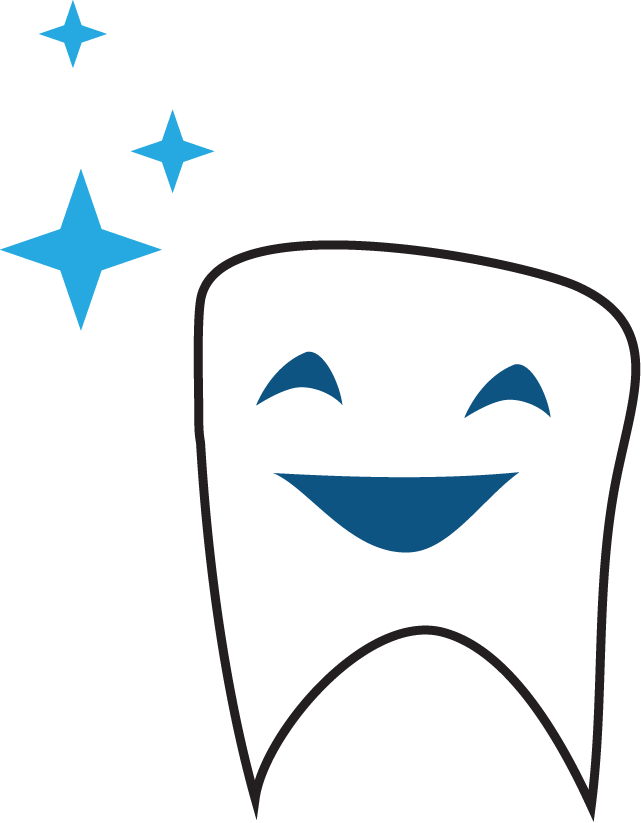

You only have one set of adult teeth, so taking good care of them is of the utmost importance. You know to brush twice a day and floss daily, but there is so much more to dental health. On this website, we've compiled articles to help you boost your personal knowledge of oral health and dental care. From brushing tips to ideas for snacks that won't case cavities, it's all here. We are not dentists, but we scoured the internet for factual information, and we're confident your dentist will approve of what you're learning. Grab your favorite tooth-healthy snack, and start reading.
-
Discover the Benefits of Laser Gum Surgery 25 October 2024
-
Achieving a Beautiful Smile with Invisalign 29 July 2024
-
Reasons to Consider Getting Full Dentures 7 March 2024
-
Crown Replacement: A Journey to Dental Restoration 22 January 2024
The Truth About Teeth
How Your Dentist Cleans Difficult-to-Remove Tartar
Lonnie Davidson
Has it been a while since you've last had a dental cleaning, and now you have quite a bit of tartar that has collected on your teeth? If so, your dental hygienist is going to have to try a few different tactics so you can leave your dental cleaning with tartar free teeth. Here are some of the things they'll do to remove that tartar.
Ultrasonic Scaler
An ultrasonic scaler is one of the best tools to start with, and it helps remove large chunks of tartar. It uses a combination of vibrations and water to disrupt the tartar and remove it from your teeth. The ultrasonic scaler is not going to remove all of the tartar, but it will quickly and effectively get the majority of the tartar off your teeth.
Some dental patients find that the ultrasonic scaler makes their teeth very sensitive during the cleaning process, while others feel that it causes minimal pain and discomfort when compared to other tools. Let your dentist know if the ultrasonic scaler is causing discomfort so that they can adjust what techniques they use.
Manual Scaler
The next step will be to use a manual scaler to clean the remainder of the tartar on your teeth. This tool allows your dental hygienist to actually detect the tartar on your teeth because they can feel all of the tartar that they are removing. If there are tiny granular pieces of tartar on your teeth, your dentist will be able to feel them and remove them from the tooth's surface. While the scaler can feel uncomfortable, it is a necessary part of the cleaning process. If the dental hygienist just uses the ultrasonic scaler, there is a possibility that they'll leave behind a lot of tartar on your teeth.
Curette
It is possible that you have a layer of burnished tartar on your teeth, which means that the tartar has no rough edges and exists in a thin layer on your teeth. This is a bit harder to remove with the previous two tools, so your hygienist will use a curette. This tool allows them to shave off that layer of tartar to get down to the tooth enamel.
Floss
Dental floss is a great way to check for small pieces of tartar on your teeth, especially when it's between your teeth. It is easy for dental floss to get caught up on small granular pieces of tartar to let the hygienist know that it is there. They'll then go through the process of using their tools one more time to ensure that all the tartar is gone.
For more information about the procedures used in general dentistry, contact a local dentist like Dr. Jon Douglas Lesan, DDS, RpH, PA.
Share